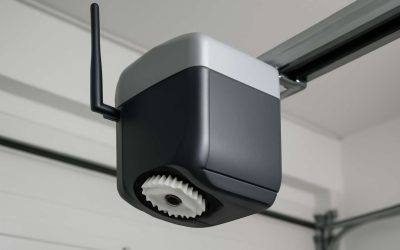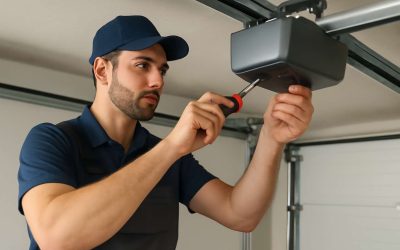The garage door is the largest moving part on a home and one of the most popular upgrades. It provides a good return on investment, boosts curb appeal and adds security. It’s also a complex system of moving parts that require proper installation and maintenance to keep it functioning properly. A professional will assess your garage door needs, make recommendations and help you choose a style that fits your house. While a new garage door is an expense, it’s usually cheaper than repairing or replacing damaged doors and tracks.
Start by researching stock and semi-custom looks to determine your options and price range. Many companies feature virtual try-on tools that allow you to drop different doors and colors onto an image of your house to help you find the perfect look.
Several factors can impact the cost of a garage door, including the materials, design, size and accessories. Regional price differences are normal, and higher demand for certain types of garage doors can also drive costs. A basic steel or fiberglass garage door will be less expensive than a custom wood or metal door with windows, patterns or other details.
If you live in a hurricane-prone area, choose a garage door that’s rated to withstand high winds. This will increase the initial cost, but it’s a smart move to protect your home from damage and potentially costly repairs.
The most basic type of garage door is a paneled, sectional overhead door that slides up from a track when opened. This is the cheapest option, but it’s noisy and doesn’t offer much protection from rain or snow. An upgraded wood or composite door is more expensive but is quieter and offers better insulation.
Side-hinged garage doors, which open and close on vertical hinges on either side of the garage opening, are more expensive than overhead doors but offer a traditional, architectural look that meshes well with the rest of your house. Carriage doors, which resemble large barn doors, are another stylish option that can be made to look like an integrated part of your home’s exterior.
Once you’ve decided on a style and size, get estimates from at least three companies. Regional price differences are common, and you might have to pay extra for delivery in remote areas. Also, consider paying slightly more for a professionally installed door to ensure a quality fit.
Your installer will mount a track on each wall and set up vertical tracks around the roller wheels to guide the door up and down. He will also install a track hanger package, which is two or more angled steel brackets that attach to the horizontal track and brace it against the wall framing. A curved corner track may also be installed to prevent the door from hitting the walls when it’s fully open. If your garage floor is uneven, your installer will lag track sections to the joists so the door rides smoothly and doesn’t rub.



0 Comments